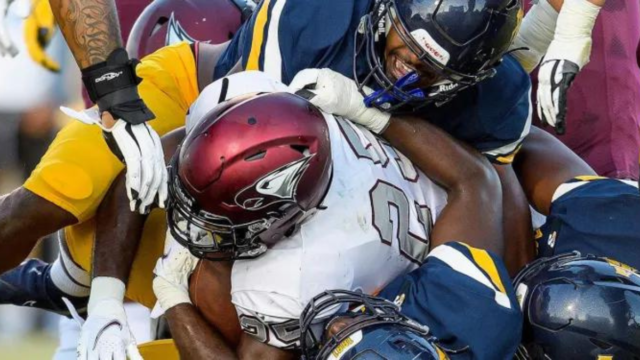
With the new academic and athletic year beginning this month a new era begins for institutions that are moving from one athletic conference to another.
Most notable is North Carolina A&T taking their 2022 Big South co-regular season football championship trophy to the Colonial Athletic Association, joining Hampton in the league that extends from Maine to North Carolina.
As NC A&T and Hampton adjust to their new surroundings and Florida A&M and Bethune-Cookman are established in the Southwestern Athletic Conference, the Mid-Eastern Athletic Conference from which each school came is soldiering on with eight member institutions
A new decade brings forth a new league
To understand how the MEAC got to this point, it’s important to take a look back at the conference’s beginnings and how the league may have always been on borrowed time.
In 1969, seven HBCU presidents met to explore the possibility of forming a brand new HBCU athletic conference. Six schools – Delaware State, Morgan State, Maryland State (now Maryland-Eastern Shore), Howard, North Carolina A&T, and North Carolina Central – were CIAA members and South Carolina State was in the SIAC.
The key men in the MEAC’s formation were North Carolina Central athletics director Dr. James Younge, Morgan State faculty chairman for athletics Talmadge Hill, and NC A&T AD Al Smith.
The reason given by Young to the Durham Herald-Sun shortly after Thanksgiving 1970 was that the CIAA had grown too big for its britches, as 18 HBCUs called the conference home at that time.

At least the MEAC members were nice enough to keep paying until they left.
“The schools leaving have agreed to paid their dues through 1971,” Younge told Herald-Sun columnist Elton Case. “And we aren’t taking a penny from the CIAA treasury.”
The MEAC officially formed on December 8, 1970, in Washington, D.C., and began play in the fall of 1971. Morgan State was the league’s first football champion, but the first postseason game in MEAC football history would go to the Eagles of North Carolina Central in 1972.
The Eagles would face off against SWAC champ Grambling State in a game that was scheduled to be played at A.W. Mumford Stadium on Southern’s campus.
But campus unrest moved the game to the home of the Duke Blue Devils, Wallace Wade Stadium, in Durham. The hometown advantage didn’t help NC Central much as the Tigers rolled 56-6, and the game would eventually be canceled after 1975.
Men’s basketball experienced a bit more success in the MEAC’s early years. The 1973-74 season is arguably still among the conference’s most successful in basketball as Morgan State, led by the late Marvin Webster (NCAA Division II player of the year), overcame a tough loss to Maryland State in the MEAC title game to win the NCAA Division II national championship.

The Fighting Hawks, featuring future Coppin State star and Washington Bullets big man Joe Pace and Seattle Sonics forward Tab Skinner, were the first MEAC team to participate in the NIT, defeating Manhattan 84-81 in Madison Square Garden in the first round.
The rest of the 70s were quiet but productive years for the MEAC, but by the end of the decade and the beginning of a new one, the dream of Division I glory would sweep the conference up in a windstorm of change that has only slowed slightly over the years.
For better and for worse.

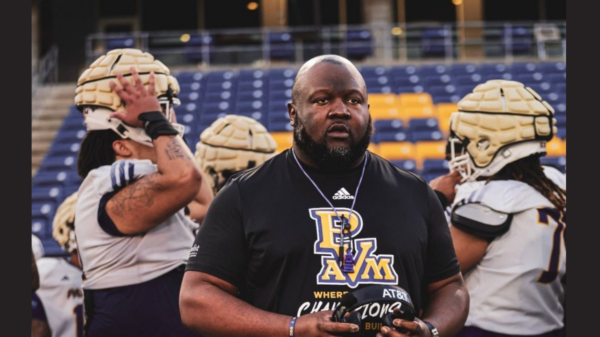

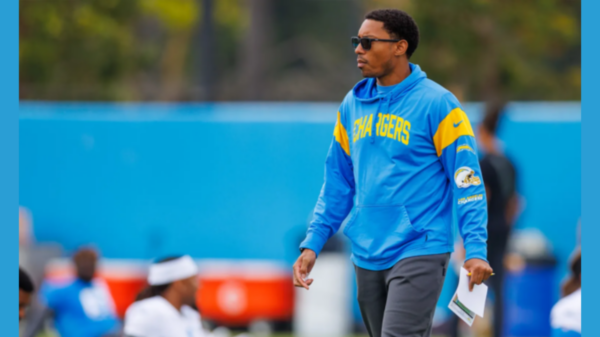

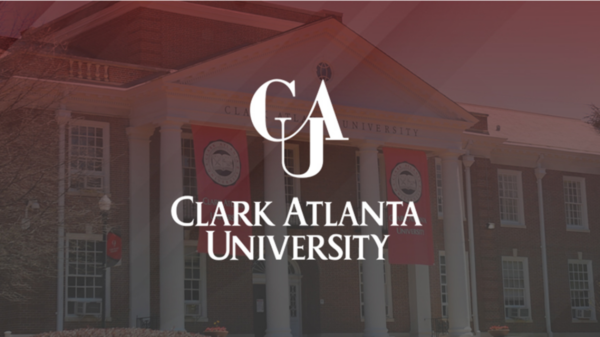
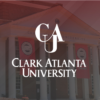
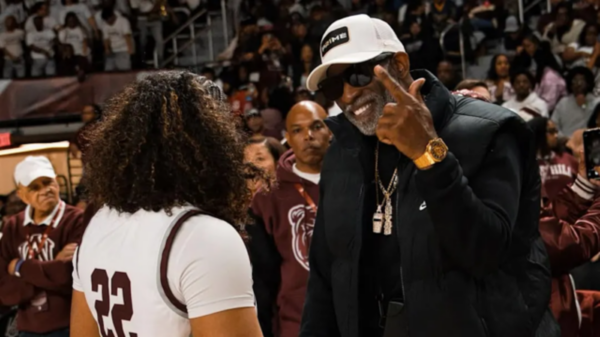

You must be logged in to post a comment Login